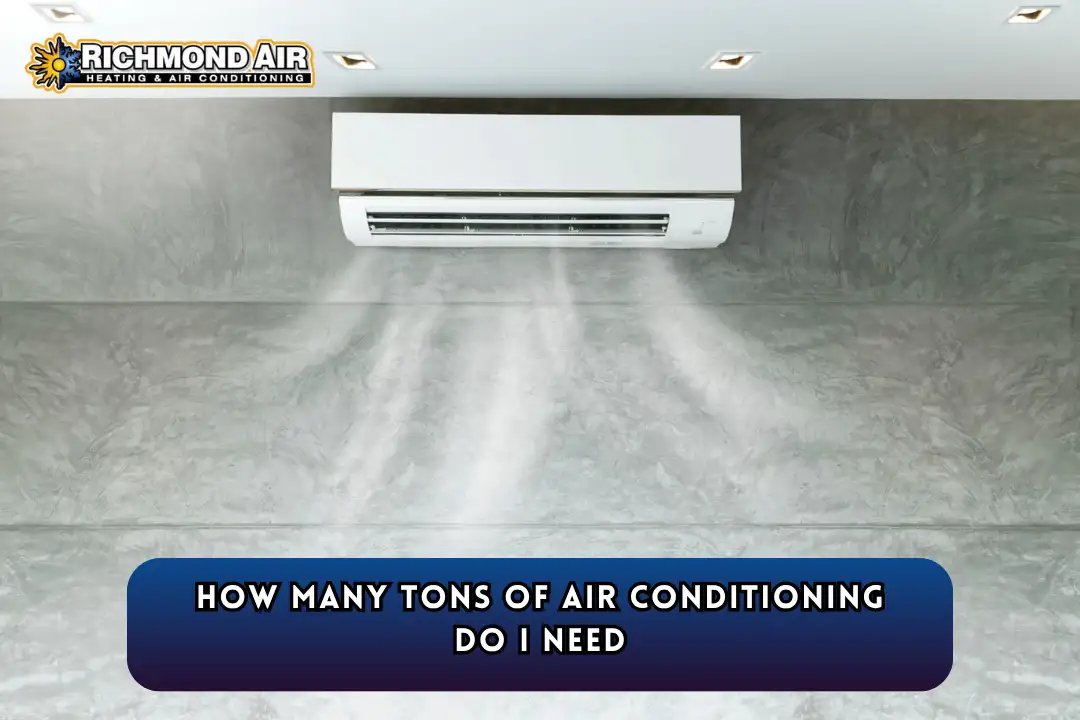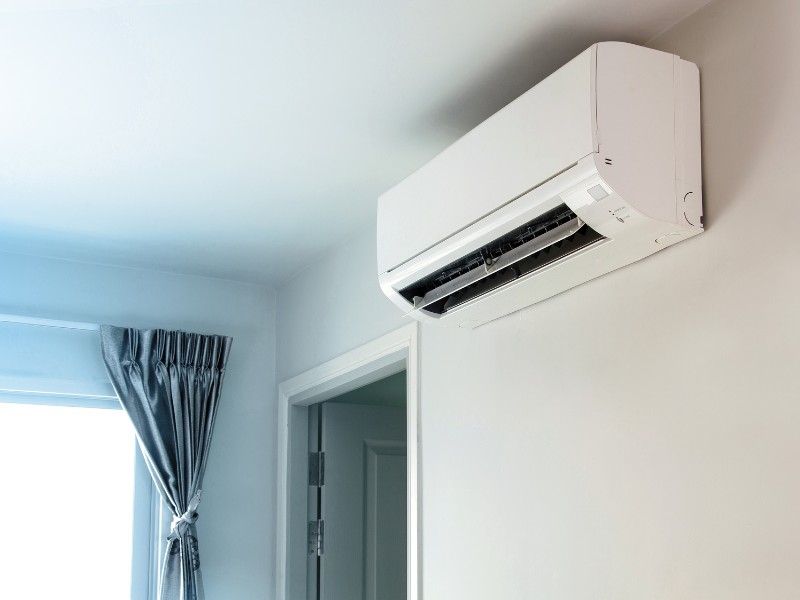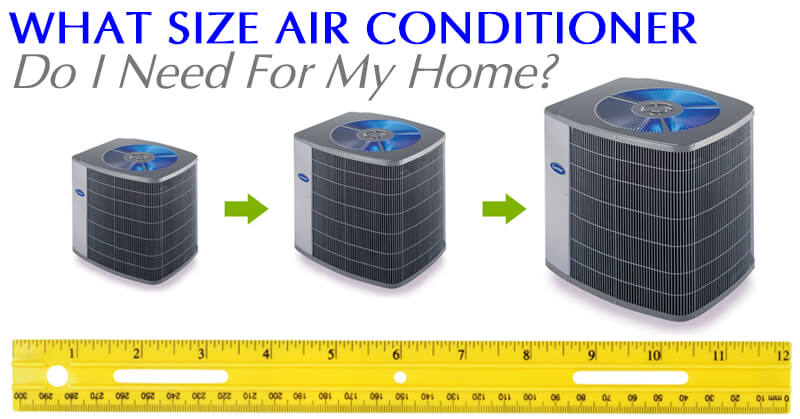How Many Tons Air Conditioning Do I Need

Many homeowners face the frustrating problem of an air conditioner that just can't seem to keep up, especially during the hottest months. You crank the thermostat down, the unit runs and runs, but the house remains stubbornly warm. Sometimes, you might even notice unusually high energy bills. One of the first questions that comes to mind is, "How many tons of air conditioning do I really need?" Having an AC unit that's either too small or too large can lead to serious discomfort and financial strain.
This article will guide you through diagnosing whether your AC is properly sized and give you some simple, safe DIY fixes you can try. We’ll also clearly define when it's time to call in a professional HVAC technician.
Understanding AC Tonnage
First, let's clarify what "tonnage" means in the context of air conditioning. A "ton" of air conditioning refers to the amount of heat an AC unit can remove from a space in one hour. Specifically, one ton is equivalent to 12,000 British Thermal Units (BTUs) per hour. Don't worry, you don't need to become a thermodynamics expert! Just understand that a higher tonnage means a more powerful AC unit capable of cooling a larger area.
A common misconception is that bigger is always better. An oversized AC unit can actually be less efficient and less effective at dehumidifying your home. It will cool the air quickly but cycle on and off frequently, leading to temperature fluctuations and increased wear and tear on the system. An undersized unit, on the other hand, will run constantly, struggling to reach the desired temperature and driving up your energy bills.
Diagnosis: Is Your AC the Right Size?
Before jumping to conclusions, let's systematically investigate whether your AC unit is properly sized for your home. Here's a step-by-step guide:
Step 1: Locate the AC Unit's Tonnage
The easiest way to determine the size of your existing AC unit is to check its nameplate. This is usually a metal tag located on the outdoor condenser unit. Look for a number followed by "BTU/H" or "Tons." For example, "36,000 BTU/H" indicates a 3-ton unit (36,000 / 12,000 = 3). If you see a number like "24," it likely represents 24,000 BTU/H, which is a 2-ton unit. Write down this tonnage; you'll need it later.
Step 2: Assess Your Home's Square Footage
Measure the square footage of the area your AC unit is intended to cool. This typically includes all the living spaces in your home. If your AC system only cools a portion of your house, measure only that area. Accurately measuring the square footage is crucial. Measure the length and width of each room and multiply them together to get the square footage for each room. Add up the square footage of all the rooms to get the total square footage.
Step 3: Consider Your Climate Zone
The climate you live in plays a significant role in determining the appropriate AC tonnage. Hotter climates require more cooling power. Use this as a starting point and adjust accordingly.
- Cool Climates: 400-500 square feet per ton
- Moderate Climates: 500-600 square feet per ton
- Hot Climates: 600-750 square feet per ton
For example, if you live in a hot climate and your home is 1500 square feet, a 2-ton AC unit might be sufficient (1500 / 750 = 2). However, if you live in a cooler climate, you might need a larger unit to effectively cool the same space.
Step 4: Evaluate Other Factors Affecting Cooling Load
Square footage and climate are important, but several other factors influence your home's cooling load:
- Insulation: Poor insulation allows heat to enter your home more easily, requiring more cooling power.
- Window Efficiency: Single-pane windows or older, inefficient windows allow more heat transfer.
- Sun Exposure: Homes with significant southern or western exposure will heat up more quickly.
- Ceiling Height: Higher ceilings increase the volume of air that needs to be cooled.
- Number of Occupants: More people generate more heat.
- Heat-Generating Appliances: Appliances like ovens, stoves, and computers can significantly increase the cooling load.
- Air Leaks: Drafty windows and doors can let cool air escape.
Take notes about these factors to help adjust your estimate.
Step 5: Compare and Analyze
Now, compare the tonnage of your existing AC unit (from Step 1) with the estimated tonnage based on your home's square footage and climate zone (Steps 2 and 3), adjusted for the factors in Step 4. Is there a significant discrepancy? For example, if your home is 1800 square feet and you live in a hot climate, you might expect to need a 3-ton unit (1800 / 600 = 3). If your current unit is only 2 tons, it's likely undersized. Conversely, if your current unit is 4 tons, it may be oversized.
DIY Fixes and Troubleshooting
Before concluding that your AC unit is the wrong size, try these simple DIY fixes to improve its performance:
1. Check and Replace Air Filters
A dirty air filter restricts airflow, forcing your AC unit to work harder and reducing its cooling capacity. Replace your air filter every 1-3 months, or more frequently if you have pets or allergies. This is one of the easiest and most effective ways to improve AC performance.
2. Clean the Outdoor Condenser Unit
The outdoor condenser unit can become clogged with dirt, leaves, and debris, hindering its ability to dissipate heat. Carefully clean the unit by removing any visible debris and gently spraying the fins with a garden hose. Be careful not to bend the fins.
3. Seal Air Leaks
Air leaks around windows, doors, and ductwork can let cool air escape, making your AC unit work harder to maintain the desired temperature. Caulk and weatherstrip windows and doors to seal any gaps. You can also use duct tape or mastic sealant to seal any visible leaks in your ductwork.
4. Improve Insulation
Adding insulation to your attic and walls can significantly reduce heat transfer, improving your home's energy efficiency and reducing the cooling load on your AC unit. Consider adding more insulation to your attic to meet recommended R-values for your climate zone.
5. Use Fans
Ceiling fans and portable fans can help circulate air and distribute cool air more evenly throughout your home. This can make you feel cooler even if the thermostat isn't set as low.
6. Manage Sunlight
Closing curtains and blinds during the hottest parts of the day can block sunlight and reduce heat gain in your home. This can significantly reduce the cooling load on your AC unit.
When to Call a Professional
While these DIY fixes can often improve AC performance, there are times when professional intervention is necessary. Call a qualified HVAC technician if you experience any of the following:
- Refrigerant Leaks: If you suspect a refrigerant leak, do not attempt to fix it yourself. Refrigerant is a hazardous substance, and handling it requires specialized equipment and training.
- Electrical Problems: If you notice any electrical issues, such as flickering lights, tripped breakers, or burning smells, immediately turn off the AC unit and call a professional.
- Compressor Issues: The compressor is the heart of the AC unit. If it's making strange noises, not running, or overheating, it likely needs to be repaired or replaced by a professional.
- Ductwork Problems: If you suspect leaks or damage in your ductwork, a professional can perform a ductwork inspection and make necessary repairs or replacements.
- Persistent Cooling Problems: If you've tried all the DIY fixes and your AC unit still isn't cooling effectively, it's likely time to consult a professional to diagnose the underlying problem.
- If you suspect the unit is properly sized but still not working well. A pro can check the health and function of the unit.
An HVAC technician can perform a load calculation to accurately determine the correct AC tonnage for your home. This involves considering all the factors that influence your home's cooling load, including square footage, climate, insulation, window efficiency, sun exposure, and more. They can also assess the condition of your existing AC unit and recommend appropriate repairs or replacements.
Preventative Maintenance
Regular preventative maintenance is crucial for keeping your AC unit running efficiently and extending its lifespan. Schedule an annual AC tune-up with a qualified HVAC technician. During a tune-up, the technician will inspect the unit, clean the coils, check the refrigerant levels, lubricate moving parts, and identify any potential problems before they become major issues.
In conclusion, determining the correct AC tonnage for your home involves considering various factors, including square footage, climate, insulation, window efficiency, and more. By following the steps outlined in this article, you can diagnose whether your AC unit is properly sized and take steps to improve its performance. Remember to prioritize safety and call a professional when necessary. With proper maintenance and care, you can keep your home cool and comfortable all summer long.






:max_bytes(150000):strip_icc()/air-conditioning-chart-1152654_final-02-c37c8b4fdf08432baf378e8f0cb9d8e0.jpg)



